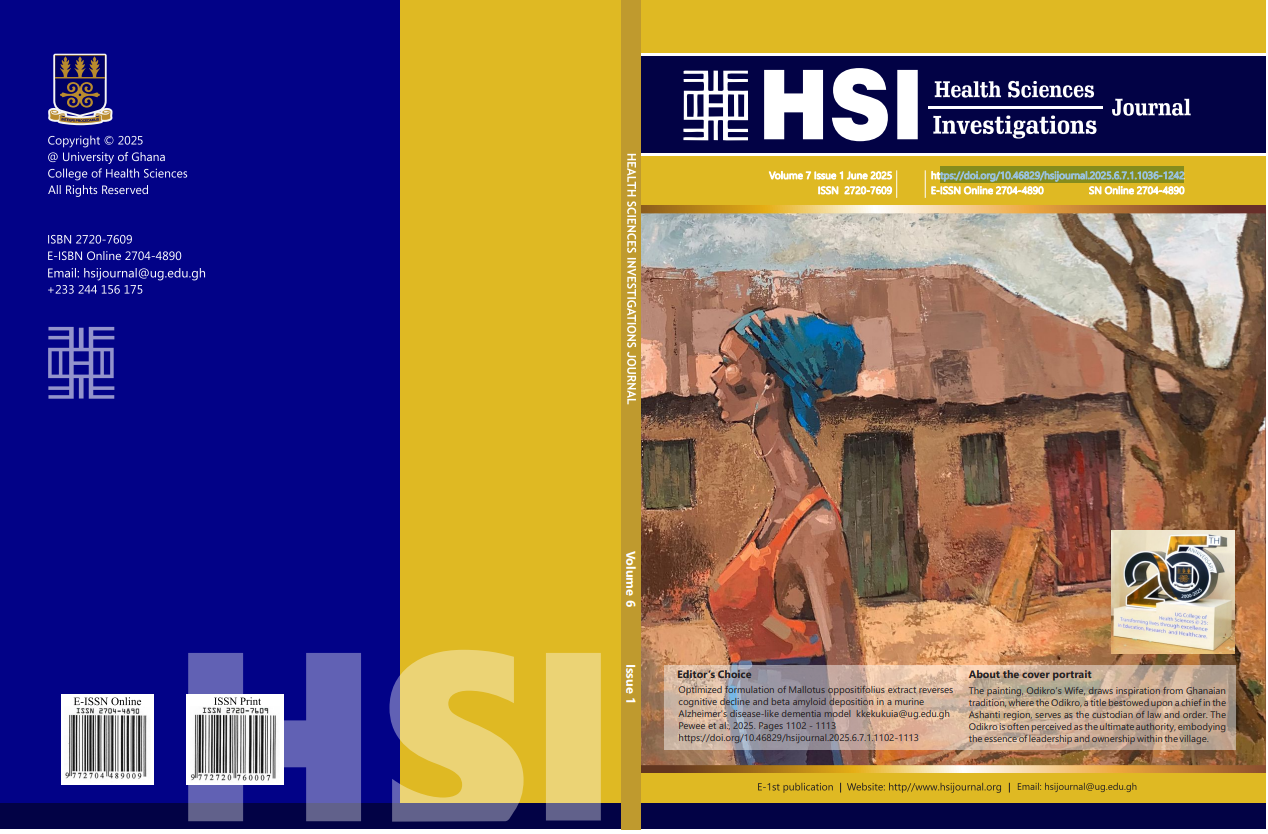Haematologic profile of children with laboratory Access diagnosed malaria: A prospective study
Haematologic profile of children with laboratory-diagnosed malaria: A prospective study
Abstract
Background: The high mortality rate of malaria is due, in part, to the associated extensive alterations in haematological indices in affected individuals.
Objective: The study presents the haematological profile of malaria-infected children and determined the predictive values of haematological indices for severe malaria.
Methods: Three hundred and twenty-three children with laboratory-diagnosed malaria, aged 1 - 12 years, were enrolled between March 10 and August 27, 2023, at Tamale Teaching Hospital. Three millilitres of venous blood were collected for malaria diagnosis through microscopy, and a full blood count was taken using an auto-haematology analyser. IBM SPSS version 26.0 was used for the data analysis.
Results: Participants were mostly females (64.7%), aged 5 - 12 years (60.7%), and had high parasitaemia (>10000 malaria parasites). The prevalence of anaemia among the participants was 80.8%, and 44.6%, 18.3%, and 18.0% had mild, moderate, and severe anaemia, respectively. Approximately one-third of the malaria-infected children were thrombocytopaenic, and mild, moderate, and severe thrombocytopaenia occurred in 21.1%, 10.8%, and 3.4% of cases, respectively. Microcytic hypochromic anaemia was the most prevalent (54.5%) form of anaemia among the participants. Total leucocytes (AUC: 0.605, p = 0.021), absolute lymphocyte count (AUC: 0.600, p=0.040), absolute monocyte count (AUC: 0.699, p < 0.001), absolute eosinophil (AUC: 0.649, p < 0.001), absolute basophil count (AUC: 0.774, p < 0.001) and platelet_large cell ratio (AUC: 0.693, p < 0.001) were fair predictors of severe malaria. Bicytopaenia and pancytopaenia were present in 37.2% and 7.1%, respectively.
Conclusion: Childhood malaria presents with varying haematological abnormalities, notably severe anaemia, thrombocytopaenia and leucocyte disorders. Microcytic hypochromic anaemia is a common picture in children with malaria. Haematological indices may be useful in differentiating severe from uncomplicated malaria in children.


